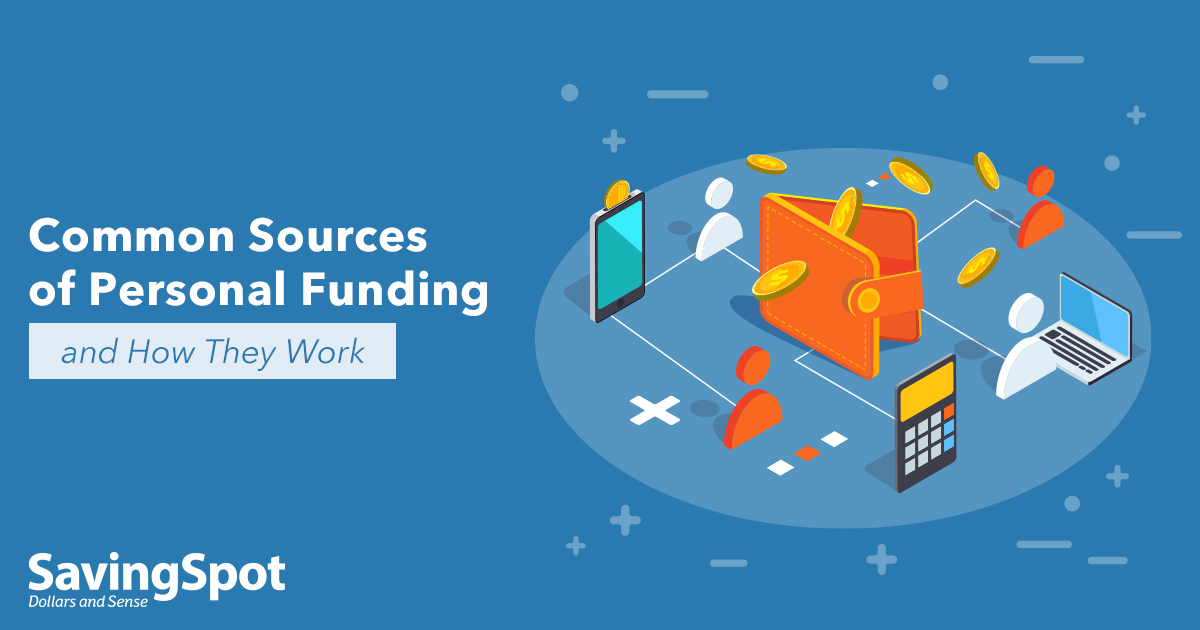What You Need to Know About Personal Credit

Unless you strictly use a cash-based budgeting system or a debit card to get by in your day-to-day life, you probably utilize some form of credit financing. But did you realize that you have a variety of personal funding options and sources other than a brick-and-mortar bank or credit card?
Even if you’re very careful with money, there will still likely be a time when you’re short on cash and in need of financial assistance. While specific laws and regulations determine the products that are offered in your state, it’s helpful to know where you can turn for help. If you’re still not sure what to do or what’s best for your unique needs, read on to find out more about common sources of personal funding and how they work.
Traditional Sources
Most banks offer credit cards, which are a form of revolving credit. With this type, you’re approved to use up to a certain dollar amount (your credit limit), and as you repay the balance, you free up your available credit for future use. While credit cards are typically used to make purchases, some types offer cash advance, which is money borrowed against your available limit. Your interest rate may be higher for a cash advance than it is for normal purchases.
Some banks offer personal loans, such as installment or lines of credit loans. In order to get a bank loan, you’ll typically need to be an existing customer of that establishment and have a certain credit score. While specific requirements of these loans will vary, your credit score plays a big part in whether or not you’ll be approved for credit.
Credit unions are typically not-for-profit banking systems that offer a lot of the same products and services that you’ll find at a normal bank. Like bank loans, a credit union loan may require you to be an existing customer of that establishment. You’ll also likely need a strong credit score to get approval for the loan.
Because banks and credit unions have more stringent borrower requirements, these establishments are essentially taking on less financial risk. Bank or credit union loans may have a lower APR than other sources. But the loan approval process can take much longer — sometimes, you won’t hear back for several days or even weeks with banks and credit unions. Due to the substantially extended timeline, this route may not be the best if you’re in need of fast cash.
Peer-to-Peer Lending
Peer-to-peer lending is a newer credit method that essentially takes the financial institution out of the equation, allowing investors to directly fund credit-seekers. Because of this model, borrowers may be able to save money on interest, and investors can theoretically see a bigger return on their investment. But since there is no intermediary, the loans are not federally backed, and the lenders usually require a high credit score in order to mitigate any risk of loan default.
Personal Network
Sometimes, personal funding comes from informal sources, like your friends and family. These types of loans may or may not require an official repayment agreement, such as a promissory note. While this method is less common than private, personal network loans, you can also utilize crowdfunding sites like GoFundMe to solicit donations from an extended personal network. However, these funds are not typically paid back.
To read more, visit the original post: What You Need to Know About Personal Credit.
Comments
Post a Comment